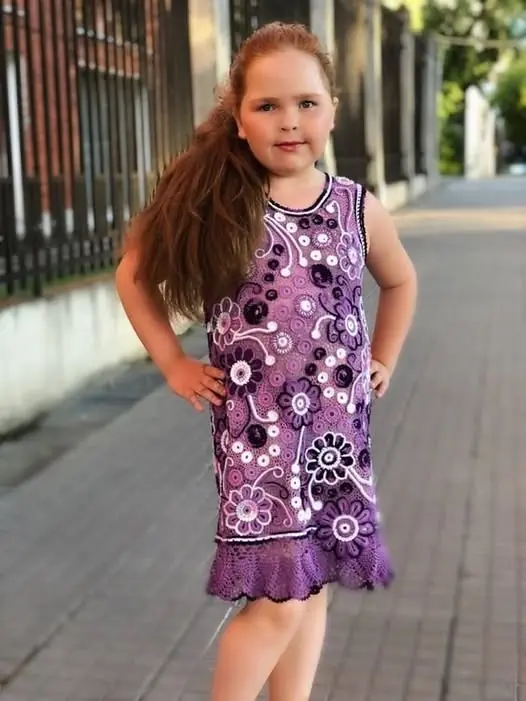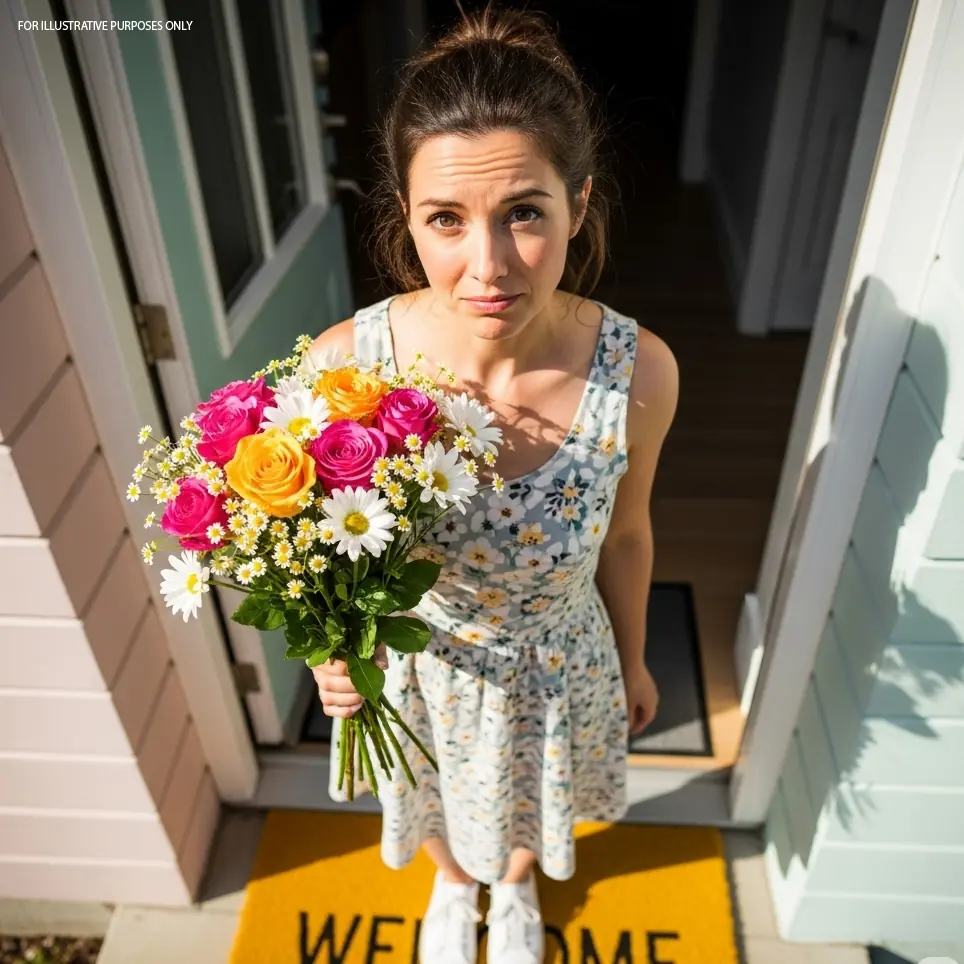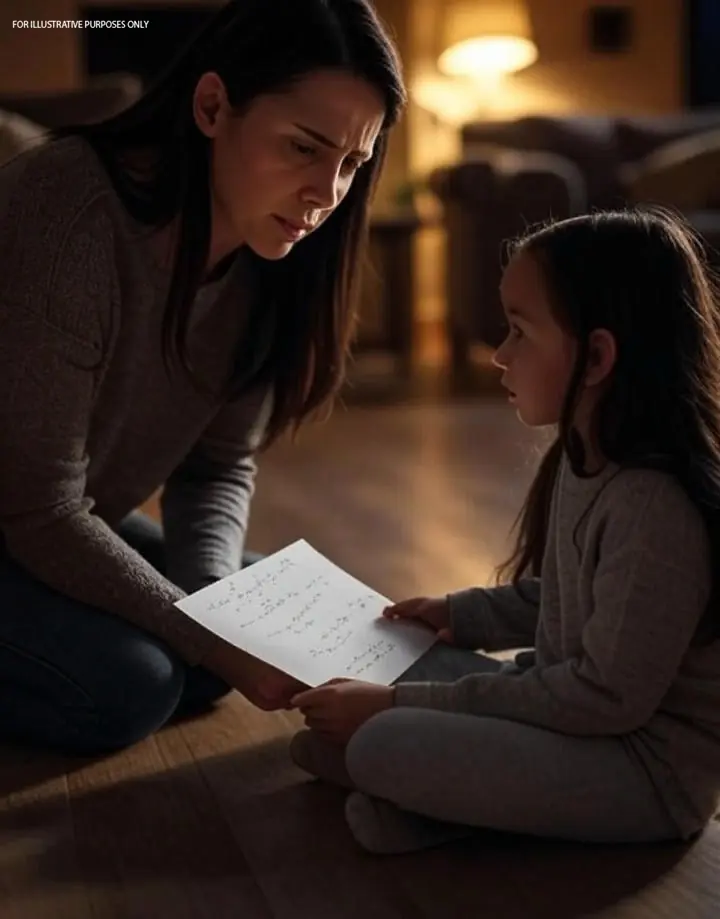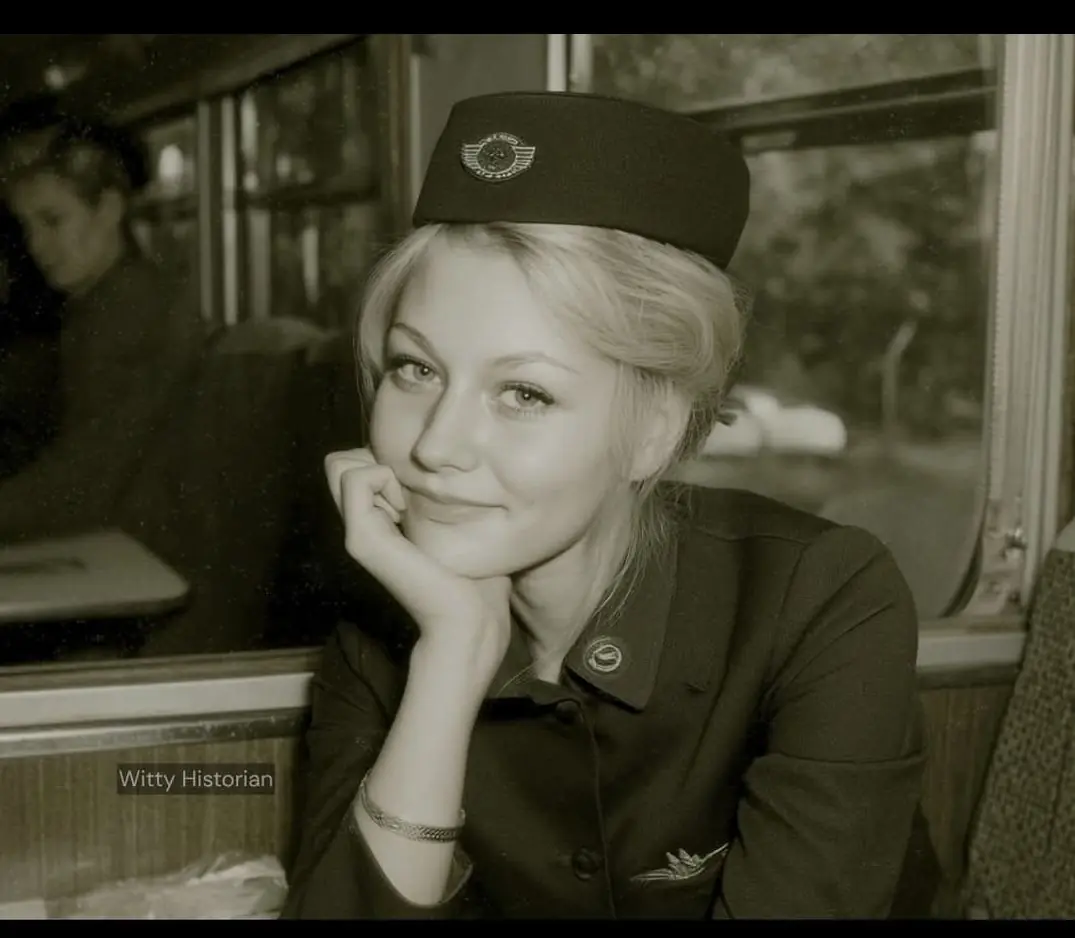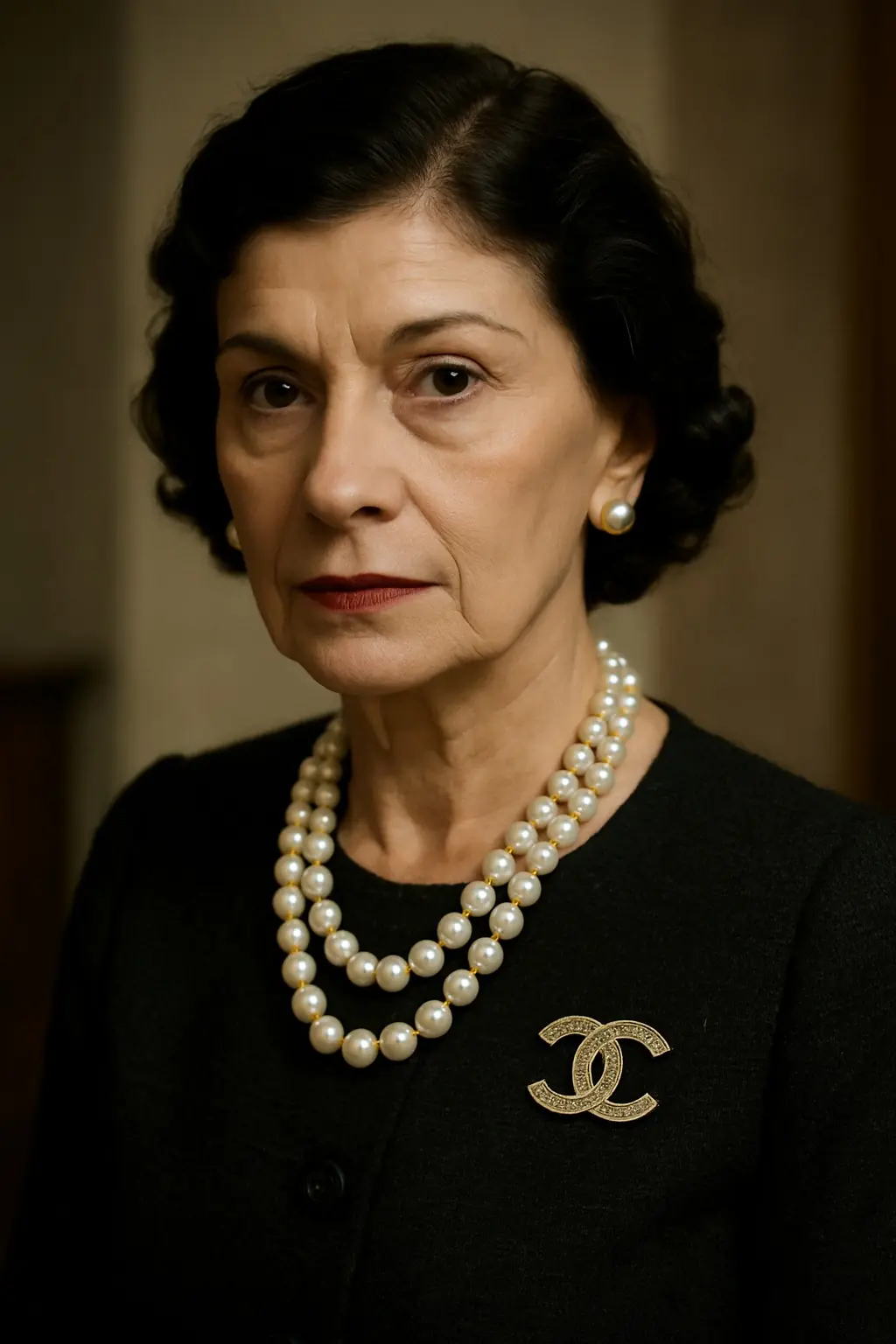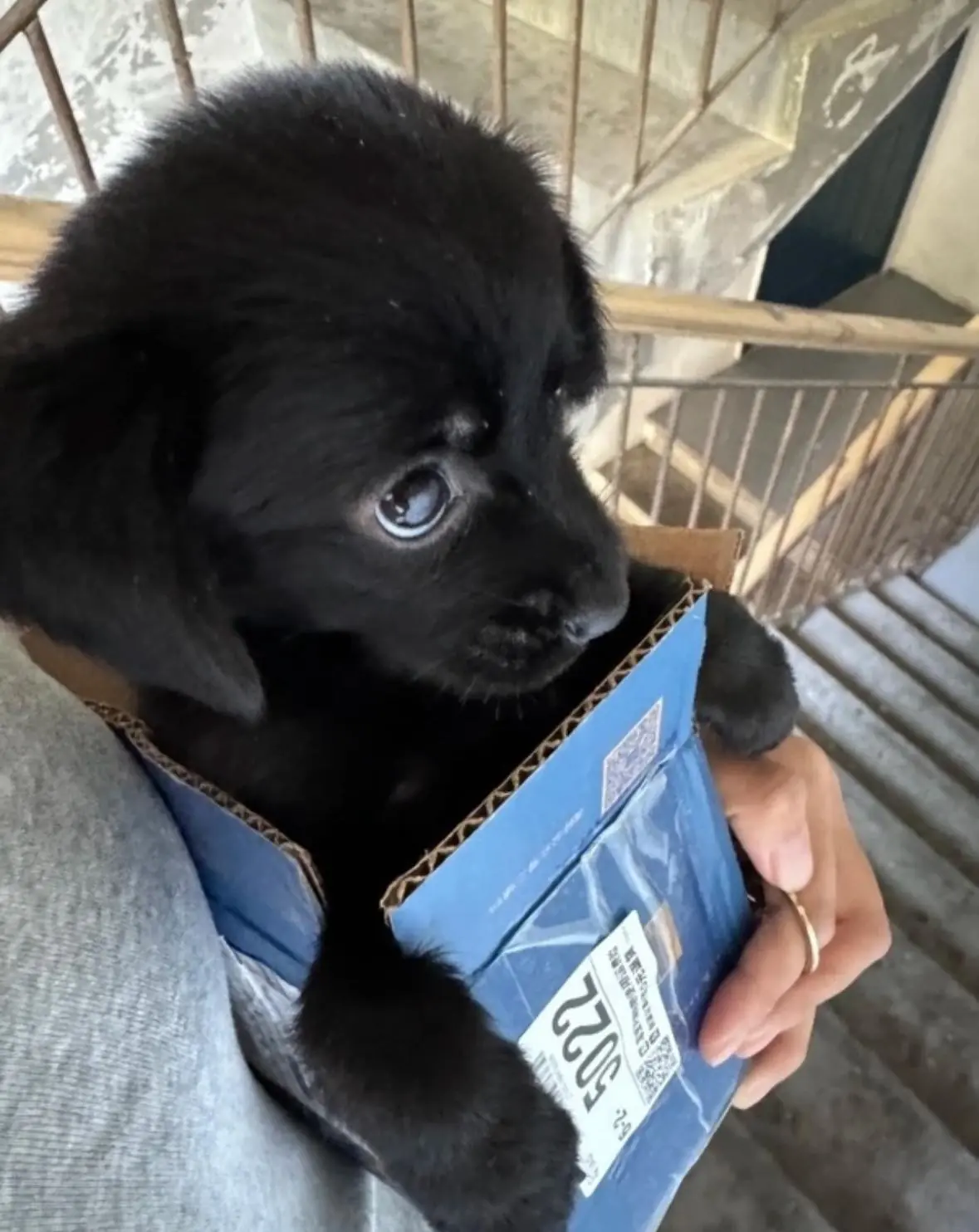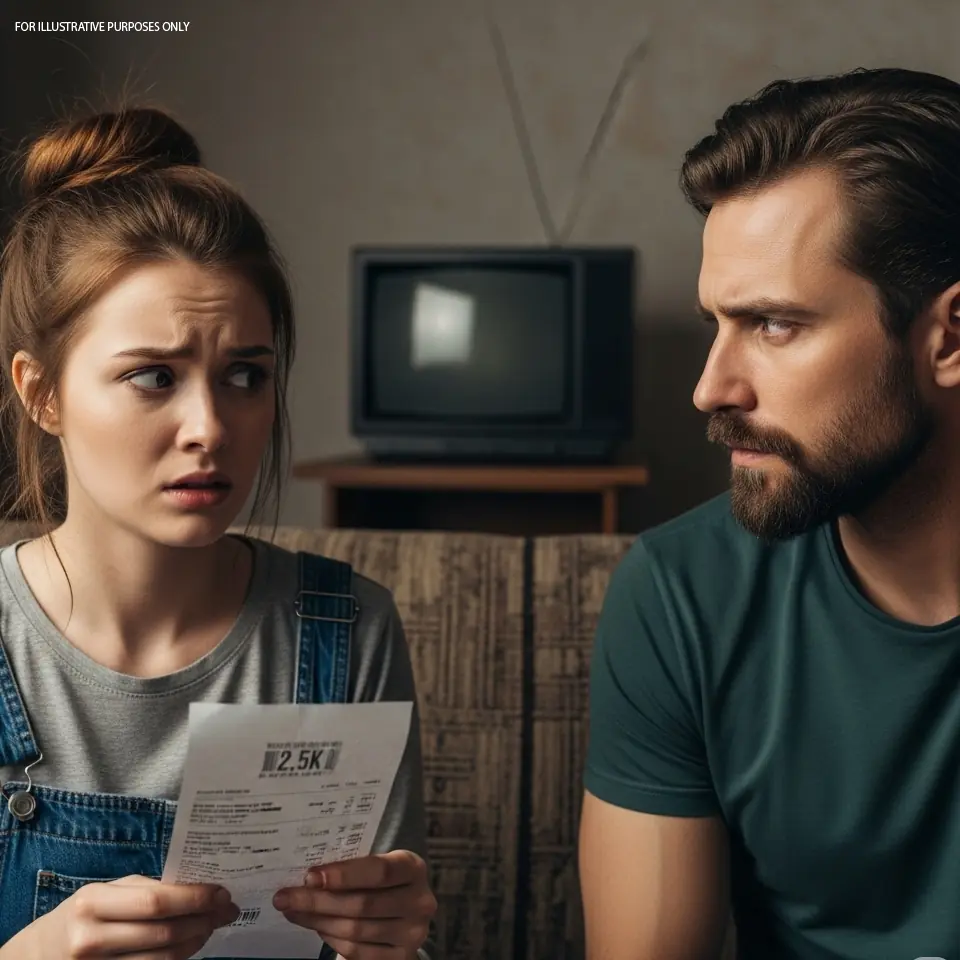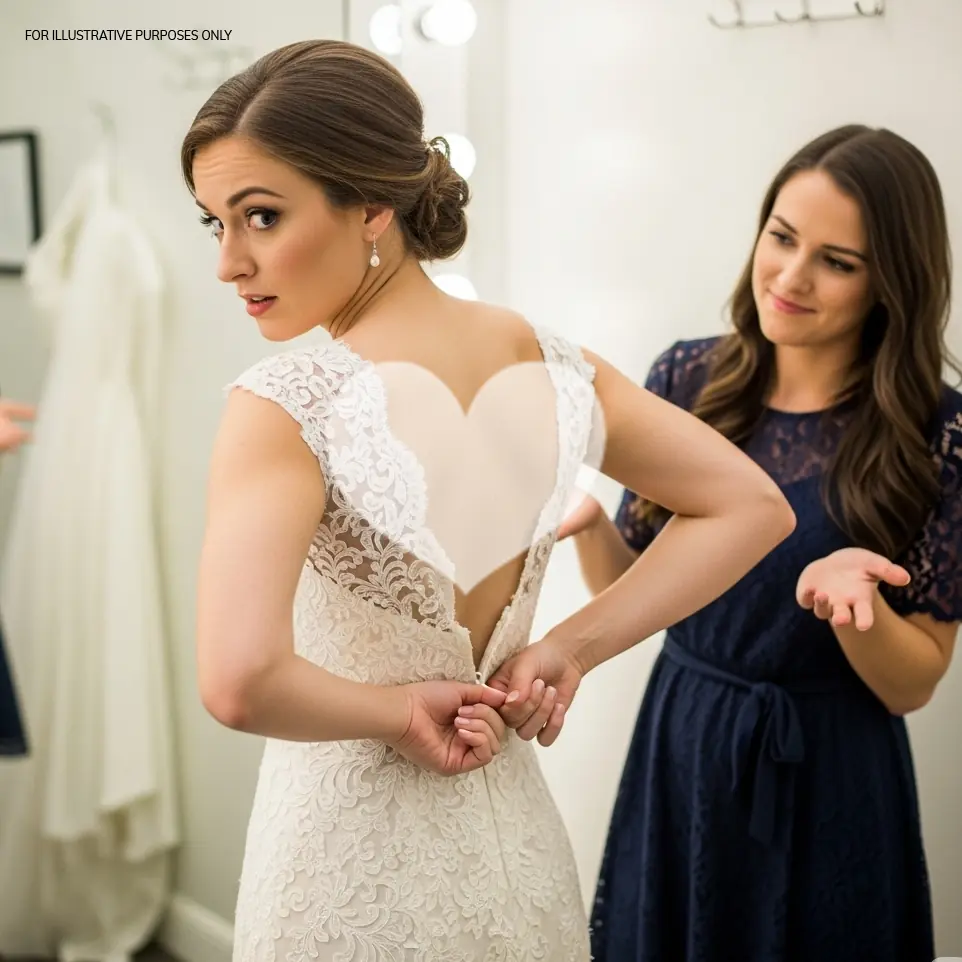Hannelore Kaufmann, a young girl from Berlin, lived a life full of joy and innocence before the horrors of war stole everything. Her story is a poignant reminder of the children lost in the Holocaust, their laughter, dreams, and lives taken too soon.

On August 5, 1931, in the historic city of Berlin, Germany, a little girl named Hannelore Kaufmann came into the world. Her parents held her close, unaware of the storm the world was about to become. Yet in their arms lay a heart full of wonder, joy, and light—an innocence that no hatred should ever touch.
Hannelore grew up in a peaceful neighborhood filled with trees, cobblestone streets, and neighbors who knew each other by name. It was a time before the war, before fear gripped the world. In those early years, the streets echoed with the voices of children playing, and among them, Hannelore’s laughter was unmistakable—clear, high, and full of delight.
One possession brought her immeasurable joy: a red tricycle. But it wasn’t just any tricycle. It was Hannelore’s constant companion, a symbol of freedom. With her little legs pedaling hard, she would race down the sidewalks of Berlin, her hair streaming behind her like a banner. The sunlight would gleam off her red tricycle, often drawing admiring glances from passersby. To Hannelore, it wasn’t just a toy—it was a chariot, a spaceship, or a horse, depending on the day and her imagination.
She would zoom in circles in the courtyard, laughing and pretending to be a racecar driver or a circus performer. Sometimes, she would tie a ribbon to the handlebars or stuff a doll into the basket, chatting with it as she rode. Her neighbors watched her and smiled, touched by the pure joy she exuded. Her parents, proud and loving, would sit on the front step and watch her play, her cheeks flushed with happiness, her world still untouched by the cruelty that was coming.
Hannelore was bright and curious, always asking questions—Why is the sky blue? How do birds fly? What makes rain? She loved books and fairy tales, but above all, she loved movement—running, skipping, riding, spinning. Her energy was like sunshine, warming the hearts of everyone around her.
But the world around her was changing. Berlin, like all of Germany, fell under the grip of Nazi ideology. Laws changed, whispers grew louder, and soon the signs appeared on shops, and the looks became colder. For Jewish families like the Kaufmanns, life began to grow smaller, darker, and more dangerous.
Yet, even as the world became increasingly hostile, Hannelore kept riding her red tricycle. Even as Jewish children were banned from public schools, and neighbors turned their backs, she found freedom in the rhythm of her pedaling. Even as fear crept into her parents' eyes and food became scarce, she held onto her tricycle, a symbol of innocence and beauty in a world slipping into darkness.
Eventually, the day came when she could no longer ride her tricycle. The once vibrant symbol of joy and freedom was left abandoned in a corner of a room that grew colder and quieter with each passing day.
In 1944, at the age of 13, Hannelore and her family were deported to Auschwitz, one of the most notorious Nazi extermination camps. Her red tricycle was left behind—perhaps still waiting by the door, unaware that its rider would never return.
In the shadow of barbed wire and chimneys, Hannelore Kaufmann’s life was tragically taken. She was only 13. She never rode her red tricycle again.
But in the hearts and minds of those who remember her, Hannelore is still riding. Still flying through the streets of Berlin. Still laughing into the wind. Still imagining new worlds from the seat of her red tricycle.
Her story, like that of so many children lost in the Holocaust, reminds us of what was stolen—not just lives, but dreams, laughter, and love. Hannelore Kaufmann was not a number. She was not a statistic. She was a child who loved her red tricycle. She was a daughter, a friend, and a soul filled with life and imagination. She had favorite toys, games, and a heart that trusted the world.
Let us honor her memory by remembering her name, by telling her story, and by speaking for the children who had no voice. Let us ensure that their innocence, their joy, and their humanity are never forgotten.
May Hannelore’s memory be a blessing. May her spirit live on in every child’s laughter. And may we never forget the girl who loved her red tricycle.
Credit to the rightful owner for sharing the touching and powerful story of Hannelore Kaufmann.




